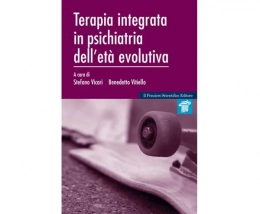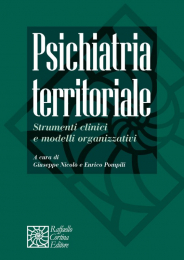Non ci sono recensioni
DA SCONTARE
Part of the Oxford Textbooks in Clinical Neurology series, the Oxford Textbook of Clinical Neurophysiology includes sections that provide a summary of the basic science underlying neurophysiological techniques, a description of the techniques themselves, including normal values, and a description of the use of the techniques in clinical situations. Much of diagnostic neurophysiology is essentially pattern recognition which is illustrated throughout the text using audio and video examples.
Divided into four key sections, this book begins with the scientific basis of clinical neurophysiology (Section 1) before exploring specific techniques including Electromyography, Intracranial EEG recordings, and Magnetoencephalography (Section 2). The final two sections explore clinical aspects of both the peripheral nervous system (Section 3) and the central nervous system (Section 4).
Section 1: Scientific basis of clinical neurophysiology
1: Nerve, muscle and neuromuscular junction, Machiel J. Zwarts
2: The motor unit, David Burke and James Howells
3: Motor control: Spinal and cortical mechanisms, David Burke
4: Cortical activity: Single cell, cell assemblages and networks, John G. R. Jefferys
5: Recording of neural signals, neural activation and signal processing, Dick F. Stegemann and Michel J. A. M. van Putten
Section 2: Techniques of clinical neurophysiology
6: Nerve conduction studies, Jun Kimura
7: Electromyography, Erik Stålberg
8: Quantitative EMG, Anders Fuglsang-Frederiksen, Kirsten Pugdahl, and Hatice Tankisi
9: Axonal excitability: Molecular basis and assessment in the clinic, Susanna B. Park, Cindy S-Y Lin, and Matthew C. Kiernan
10: Reflex studies, Josep Valls-Solé
11: Electroencephalography, Michalis Koutroumanidis, Dimitrios Sakellariou, and Vasiliki Tsirka
12: Intracranial EEG recordings, Gonzalo Alarcón and Antonio Valentín
13: Magnetoencephalography, Paul L. Furlong, Elaine Foley, Caroline Witton, and Stefano Seri
14: Transcranial magnetic stimulation, Kerry R. Mills
15: Evoked potentials, Helmut Buchner
16: Polysomnography and other investigations for sleep disorders, Zenobia Zaiwalla and Roo Killick
17: Clinical neurophysiology of the pelvic floor, Adrian J. Fowle
Section 3: Clinical aspects: peripheral nervous system
18: The clinical approach to neurophysiology, Kerry R. Mills
19: Focal neuropathies, Jeremy D. P. Bland
20: Generalised peripheral neuropathies, Hessel Franssen
21: Disorders of single nerves, roots and plexuses, Kerry R. Mills
22: Neurophysiology in ALS and other motor degenerations, Mamede de Carvalho and Michael Swash
23: Clinical aspects of neuromuscular junction disorders, Donald B. Sanders
24: Primary muscle diseases, Robin P. Kennett and Sidra Aurangzeb
25: Paediatric conditions, Matthew Pitt
26: EMG guided botulinum toxin therapy, V. Peter Misra and Santiago Catania
Section 4: Clinical aspects: central nervous system
27: Genetic generalized epilepsy, Friederike Moeller, Ronit M. Pressler, and J. Helen Cross
28: Focal epilepsy, Tim Wehner, Kanjana Unnwongse, and Beate Diehl
29: Syncope, Shane Delamont
30: Convulsive and non-convulsive status epilepticus, Matthew C. Walker
31: Presurgical evaluation for epilepsy surgery, Robert Elwes
32: Encephalopathy, CNS infections and coma, Michalis Koutroumanidis and Robin Howard
33: Migraine, stroke and cerebral ischaemia, Gonzalo Alarcón, Marian Lazaro, and Antonio Valentín
34: Electroclinical features of paediatric conditions, Sushma Goyal
35: Sleep disorders, Zenobia Zaiwalla and Roo Killick
36: Intraoperative monitoring, Marc R. Nuwer




